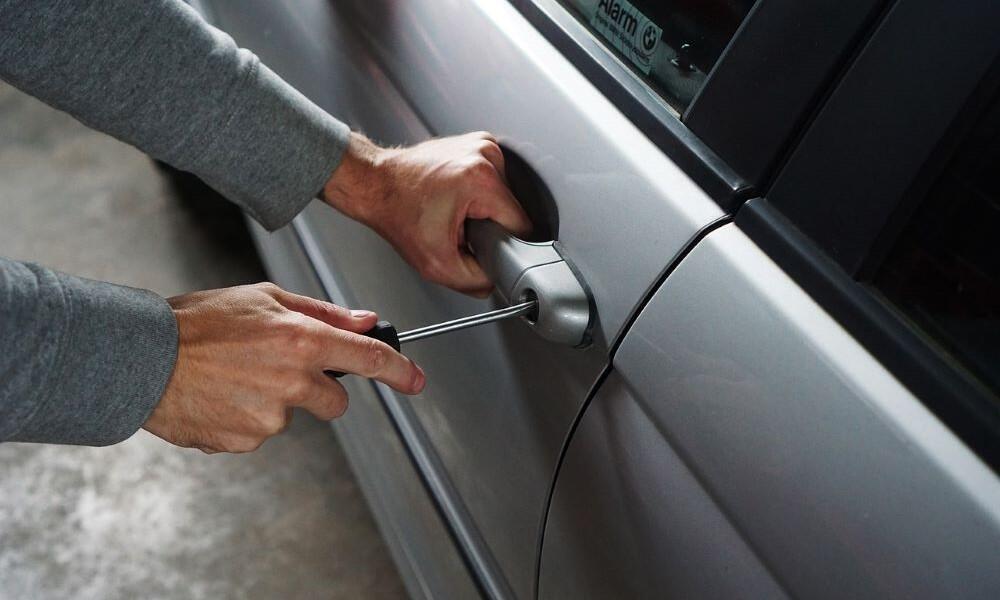Car thefts in Israel rose by 22% in the first quarter of 2025 compared to the same period last year, driven by a worsening shortage of auto parts in Israel, growing demand for stolen vehicles and the continued use of stripped parts in Palestinian Authority-controlled areas, according to a new report published Tuesday by Israeli vehicle tracking company Ituran.
The report, based on data from a sample of 935,000 vehicles, highlights key patterns and trends:
- Tuesdays and Wednesdays were the most common days for vehicle theft, while Saturdays saw the fewest incidents.
- Roughly 52% of thefts occurred between 5 and 6 a.m., with early mornings remaining the preferred time for car thieves.
- 64% of thefts were carried out using OBD port hacking and reprogramming methods.
- 13% of thefts involved possession of a car key, 12% were executed through violent break-ins and 11% by towing or loading vehicles onto transporters.
Ituran CEO Nir Sheratzky said the company helped authorities arrest 213 suspected car theft rings during the quarter—a 5% increase from the previous year—saving the Israeli economy an estimated 1.1 billion shekels ($300 million). He added that the real-time arrests are expected to prevent thousands of future thefts.
Get the Ynetnews app on your smartphone: Google Play: https://bit.ly/4eJ37pE | Apple App Store: https://bit.ly/3ZL7iNv
The Tel Aviv metropolitan area (Gush Dan) accounted for 50% of all thefts, with 60% of those vehicles eventually smuggled through breaches along Highway 443 into the West Bank, primarily to Ramallah. The Sharon region followed with 20% of thefts, then the Shfela region with 10%, the South and Jerusalem/Modi'in with 8% each, the North with 3% and the West Bank (Judea and Samaria) with 1%.
SUVs and crossovers made up 51% of thefts, followed by private vehicles (31%), motorcycles (11%), commercial vans (5%), trucks and heavy machinery (1% each). White cars were the most targeted, representing 44% of stolen vehicles, followed by gray (14%) and silver (10%).
The report also noted a shift in the profile of car thieves. With the widespread use of OBD hacking tools, thieves now often operate openly and without arousing suspicion—approaching vehicles casually, unlocking and starting them in seconds before fleeing toward the West Bank.
Ituran expects the upward trend in thefts to continue in the second quarter of 2025, citing ongoing shortages and high demand for stolen parts.
First published: 18:17, 04.01.25




